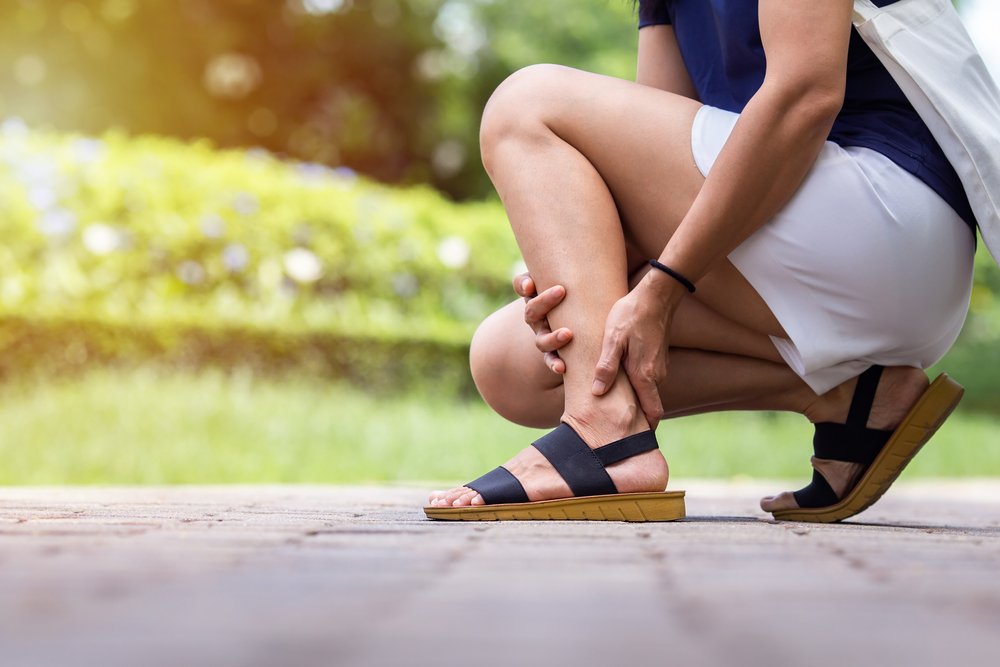How to: Manage flare ups
How to: Manage a flare up
By: Martha Theirl, PT, DPT, Cert- CMFA
You’re just over here, going about your awesome life, when BAM. Low back pain flare, return of the hip pain, help! Pressure on my foot is killing me slowly! Dang shoulder… mumble mumble, expletives… etc. Has this ever been you? Read on to find out about flare ups and how to manage them.
We’ve all been there, when that old injury seems to rear it’s head to say “Hello! Remember me? I’m STILL HERE! Don’t forget about me!”. This can be especially frustrating if you’ve been going about your business just fine for a long while. Maybe you dared to think you were “over” this injury. Flare ups are totally normal and doesn’t mean you are broken, or that you’ll never get over that bum “insert body part here”.
Why do flare ups occur?
The most common reason we experience a flare is often the reason we may have been injured in the first place. The demands of what we are doing are exceeding the demands of what the tissue can handle. “Hold up” you say… “I was just reaching down to grab a piece of paper when my back started hurting again, I wasn’t even lifting weight!”. Surely that’s not too much of a demand. Stop and think about it for a minute. How did you sleep the past few nights? How is your stress level? Your nutrition? Often lack of recovery and proper fueling makes it harder for our bodies to operate fully.
If you’re pushing your body too hard without much recovery and fuel you’re asking a lot of it just to operate at baseline. Making sure that you’re getting 7-8hrs of sleep at night and adequate nutrition is vital to avoiding or mitigating a flare up.
“Ok ok” you say, “but I have been diligent about my sleep, stress, and nutrition, so what gives, doc?”. If you’ve had your injury for a while off and on, often the first place we feel pain is at the site of an old injury. It’s also more common in chronic pain to experience something called central sensitization. This is an actual change in how our brains perceive pain and how it responds. Feelings of pain may be caused by things not normally painful or somewhat arbitrary. The response of the body is usually exaggerated. Think of sending the swat team in when a patrol car would have been fine.
So now what?
Decrease stressors
This might include meditation, breathing exercises, or just taking a nap. Decreasing how much your body and brain is dealing with at any given time can be helpful in calming down our nervous system.
Gentle movement
A good guide I use here is “to your tolerance”. A small increase in pain might be OK here if you feel better afterwards. I generally like to stay pain free or without an increase in baseline pain.
Slowly increase your tolerance/load
Often exercise and movement are helpful in this situation. Recall that our joints rely on motion to replenish nutrients. If you don’t move the joint, you don’t get new nutrition to the joint, nor do you get rid of stagnant inflamed fluid. Motion truly is lotion. Start small and build.
Seek help
If your flare up is particularly bad, or has lasted more than a week, talking to someone can help. Reach out to your Physical Therapist, Primary Care, or Mental Health professional to give you specific guidance on the best path forward.
Remember that flare ups can be normal, and learning how to manage them from both a physical and mental aspect can help you through them faster! Not sure where to start? Send me an email and we can talk more about it.
Be Resilient to the Finish!





